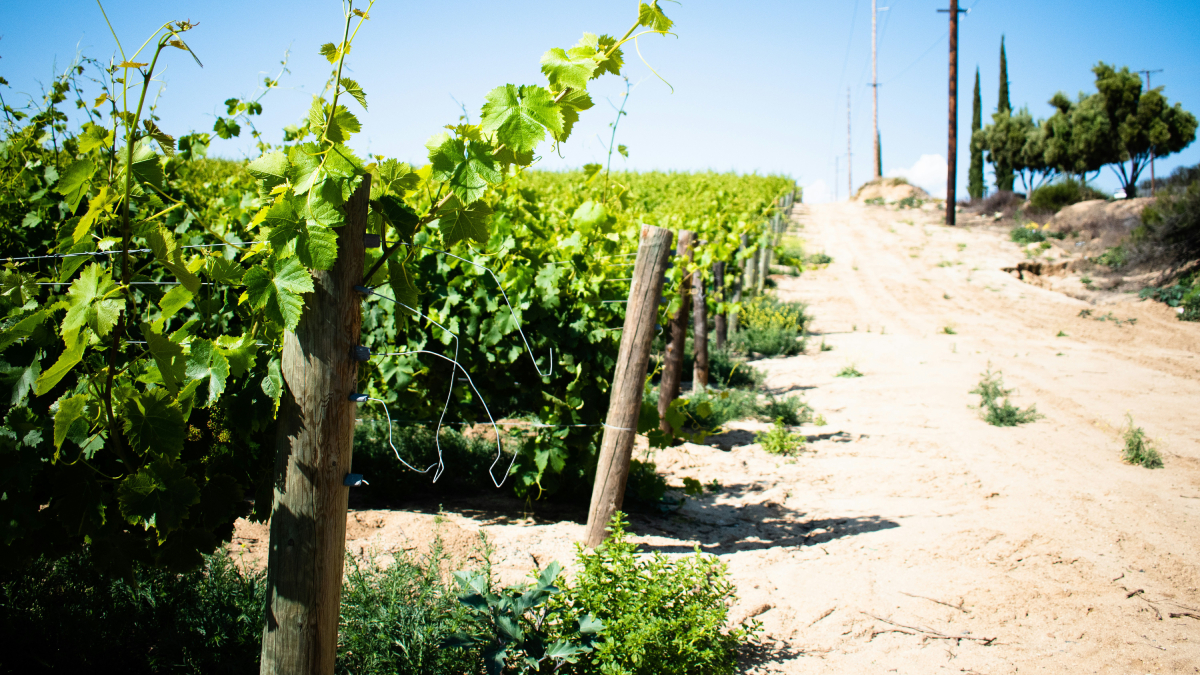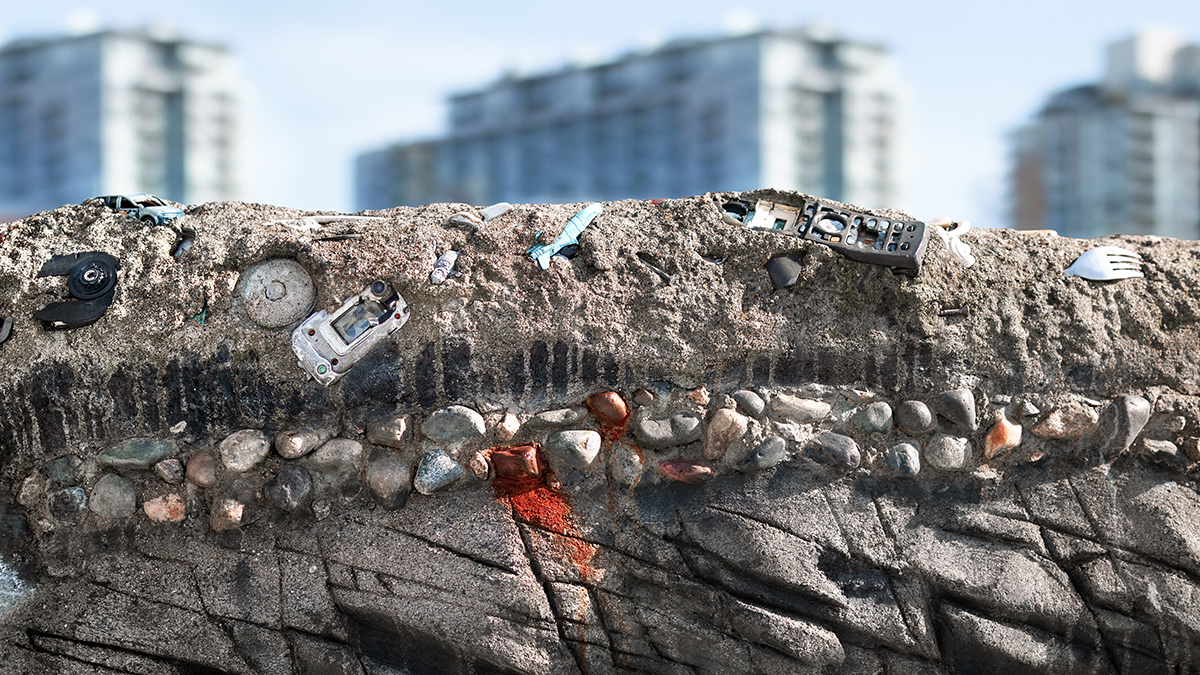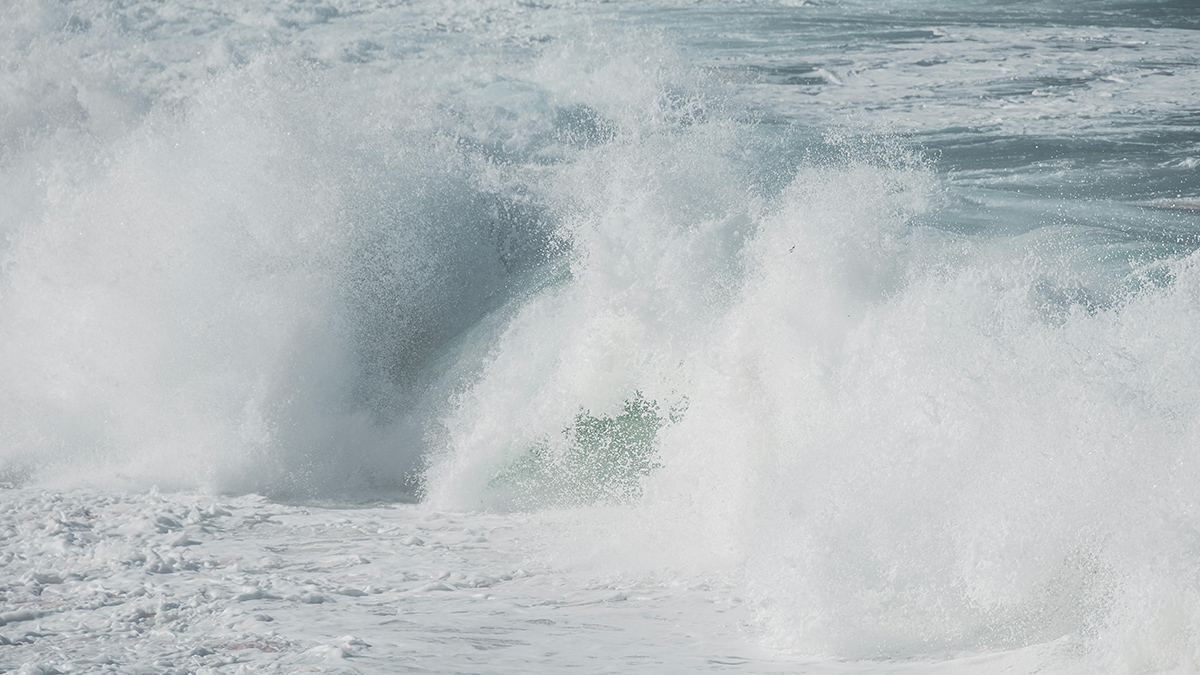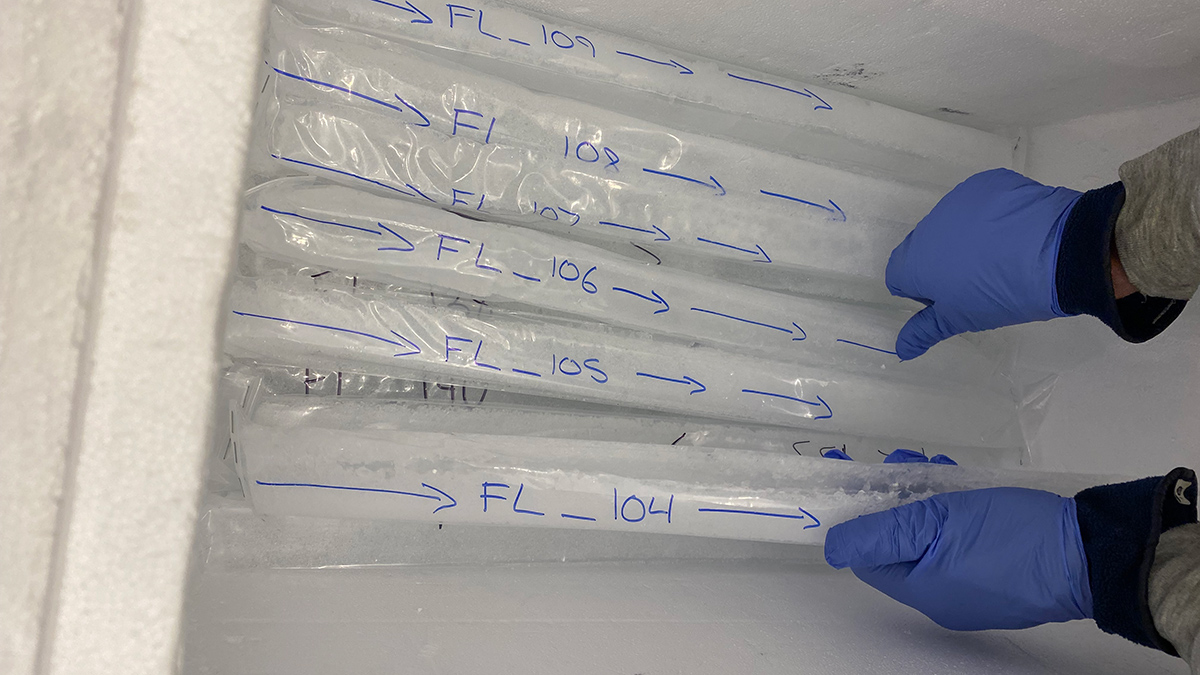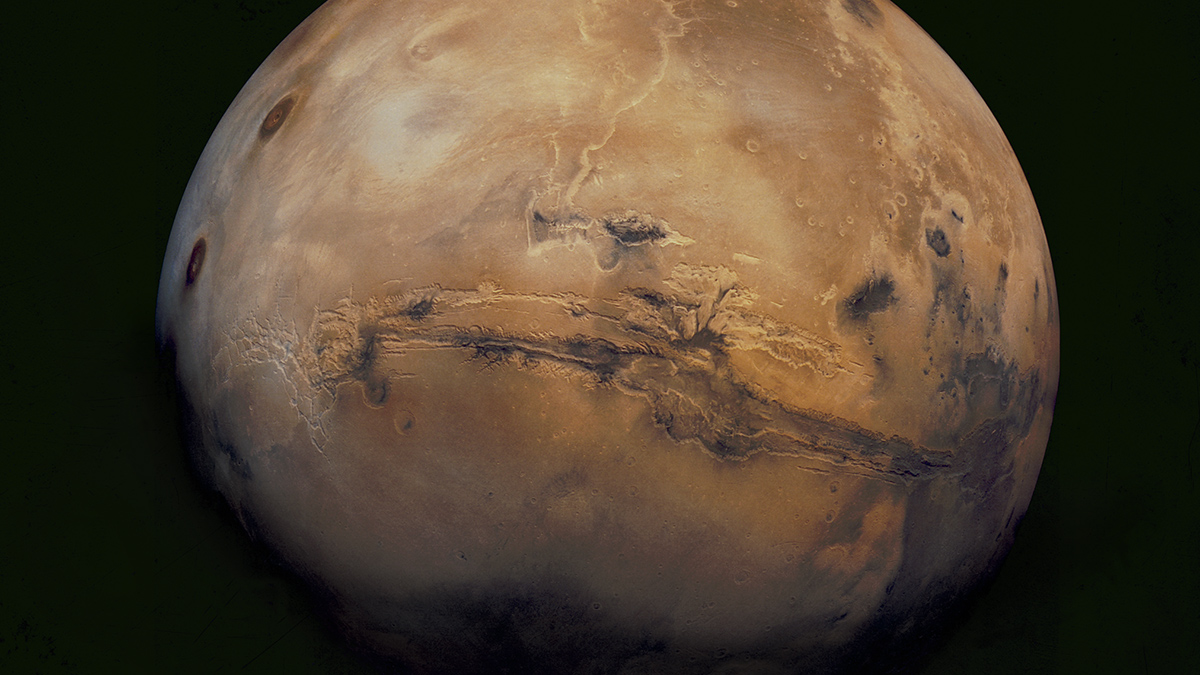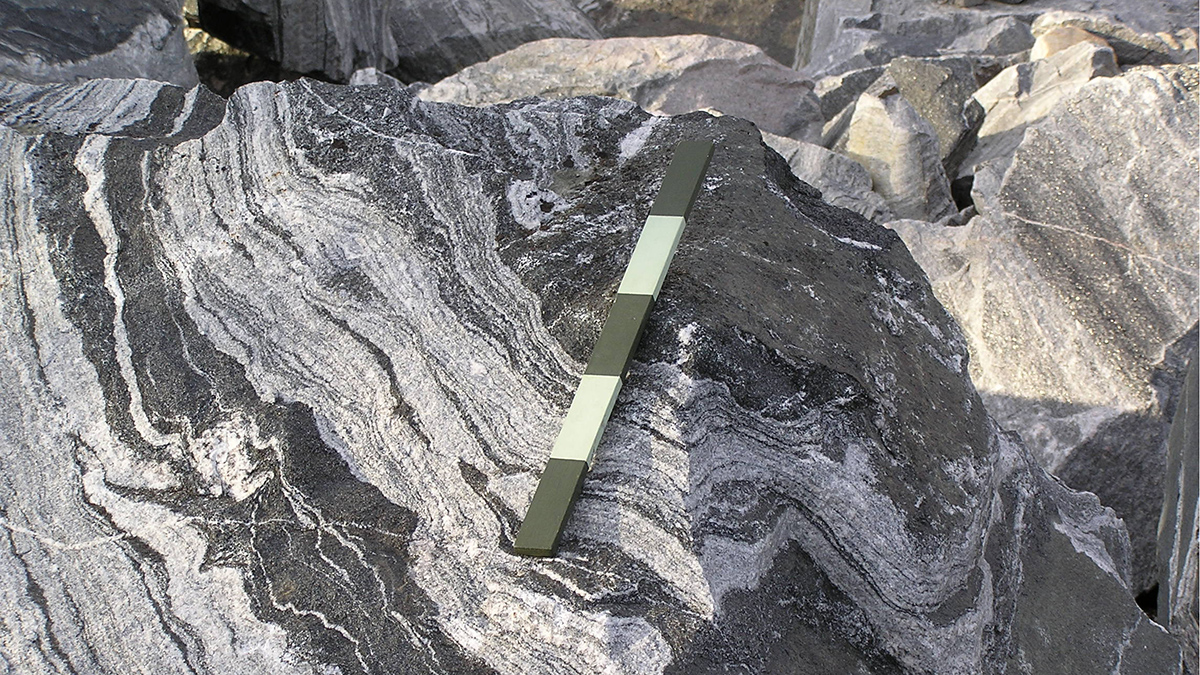In regions where natural resources are scarce or economies depend on producing certain wines, adapting and diversifying grape crops is easier said than done.
News
What’s Next for the Anthropocene?
Researchers weigh in on the meaning and aftermath of the decision to reject designating “Anthropocene” as an official geological epoch.
Ocean Waves Mist Decades-Old PFAS into the Atmosphere
“Forever chemicals” enter the air as sea spray aerosols, polluting coastlines and beyond.
Núcleos de hielo de la Antártica capturan la contaminación de los metales pesados y su historia
Un núcleo de hielo que tiene registro más de 2 milenios, sugiere que la minería y la metalurgia aumentaron y disminuyeron con acontecimientos como las guerras y las epidemias.
Martian Jumble May Be Hiding a Giant Volcano
The discovery of Noctis Mons could make the region a target for future Mars missions.
Swift Quakes Caused by Stomping Feet, Not Booming Beat
Concert tunes don’t make the same seismic noise as the exuberant crowd does.
From First Continents to Fancy Countertops
A new study suggests melting gabbros may have helped form Earth’s first continents, riling a long-standing debate.
Chemodiversity Could Indicate Freshwater Ecosystem Health
High-resolution mass spectrometry provides innovative analyses of dissolved organic matter.
Temperaturas récord posiblemente continuarán ante la persistencia de El Niño
Es probable que las temperaturas globales superficiales del aire se mantengan elevadas durante el comienzo del verano debido a la persistencia del evento de El Niño.
Moonlit Nights Change a Coral Reef’s Tune
Some reef fish get chattier when the Moon is out, while feisty snapping shrimp and other invertebrates pipe down.

